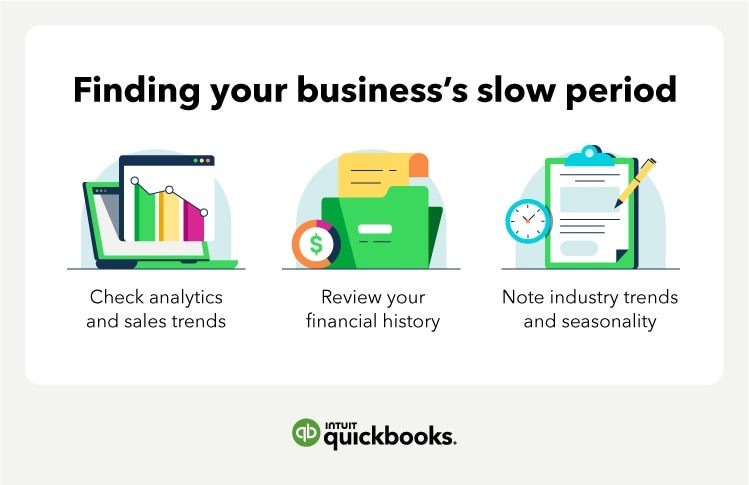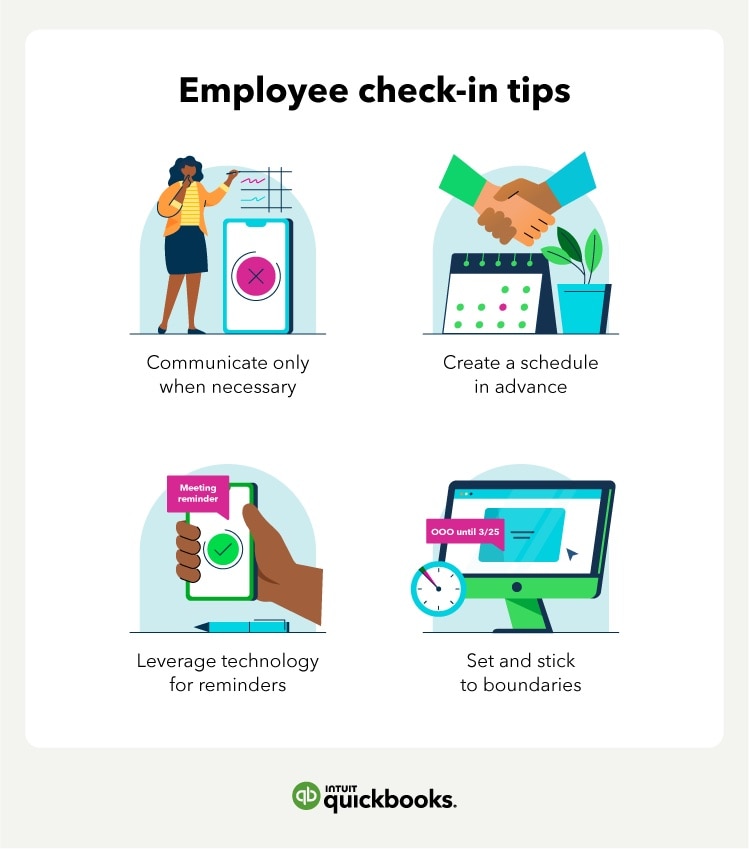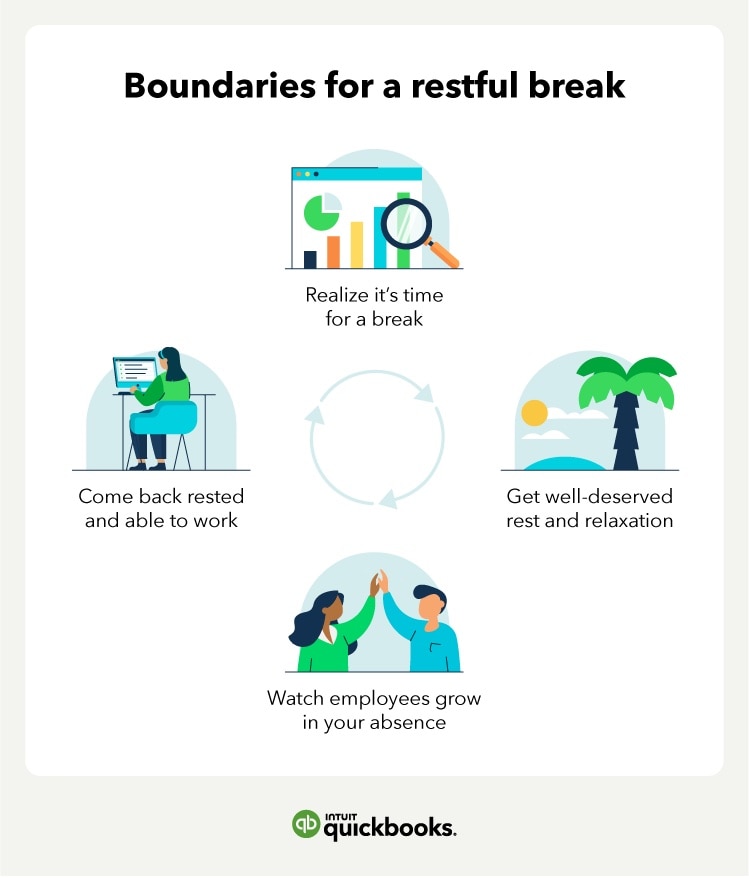Taking time off as a small business owner is a challenge. Whether you’re going on holiday for the summer or enjoying a weekend break during the festive season, stepping away from your business can lead to guilt and stress. When a business’s success depends on its owner, you need to learn how to take annual leave strategically.
While small business owners often manage paid time off (PTO) policies for their employees, they aren’t the only ones who need a break. Time off is necessary for your physical and mental health, and you can enjoy a well-deserved break in several ways. By planning your time off, you can get the rest you need while pushing your staff to grow.
Jump down to a particular tip or read them all to ensure your next leave is stress-free.






















